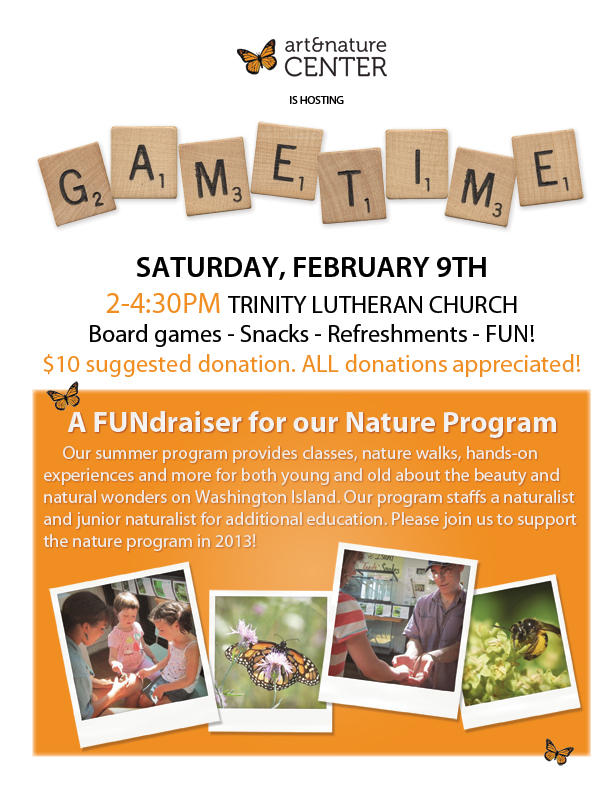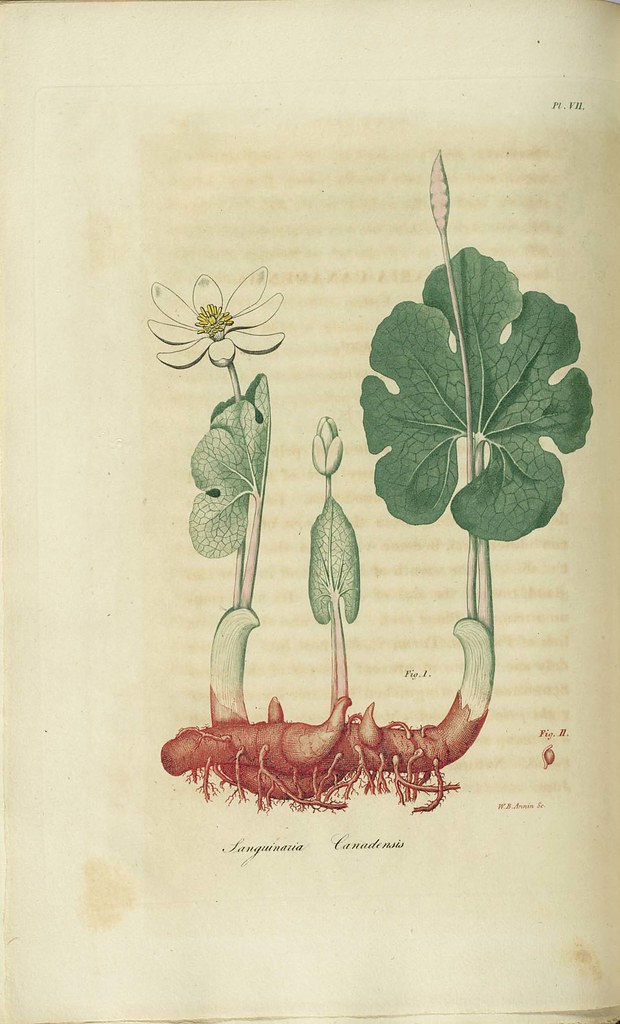Snow Falling On Washington Island Cedars
/A NATURE JOURNAL - WHITE CEDAR, OR ARBORVITAE
The “evergreens” among our white winter landscape are appreciated for their color and the protection they provide as natural buffers from blowing snow and icy winds. We draw attention to the White Cedar, the oldest tree in the forest. It is said when the winds howl in the center of a dense strand of cedars there is a stillness. It has two Latin names, Thuja Occidentalis, and Arborvitae, which means “Tree of Life". Long ago the Ojibwe culture honored it in song and ritual calling it, Nookomis Giizhik, the Grandmother Cedar for its gifts of wood, nutrients and spiritual qualities.
The White Cedars are a medium size tree growing from about 33 to 66 feet high with fan like branches and scaly leaves. The small cones grow in clumps and the unusual bark sheds in long vertical strips. The wood from the cedar is used for logs, fence posts and shingles. Its durability is seen in our Little Lake Musuem which we enjoy today, built by Jens Jacobsen in 1931 of vertical, straight cedar logs. However, the shape of the cedar adapts to its conditions as seen in the stunted configurations that exist on our limestone cliffs.
It is amazing to think that the forests' oldest trees would be those growing on a minimum of nutrients facing the elements. These bonsai like wonders of nature are found along the cliffs of the Niagara Escarpment and in some areas, as in Ontario are found to be 1,000 years old. A research team exploring Door County in 1997 found specimens in various locations in Peninsula Park and one at Ellison Bluff to be 600 years old. Sitings were made on Rock Island as well, but not measured. For more information on the ancient White Cedars, check out “Vertically inclined” by Karen A. Kahler in Wisconsin Natural Resources, December 2005.
We appreciate the beauty of the White Cedar as they line our shore, inhabit our parks, frame our fields and driveways. It is awesome to think we have growing among us on our limestone bluffs, these time honored, bonsai shaped cedars that have existed many, many generations before us. We are grateful to the Parks, Land Trust and private owners who continue to preserve the slow growing wonders, the White Cedars. Their unusual winding shapes contrasted with the abstract flat limestone is excitement to the eye of the artist in all of us and hopefully can be preserved for another generation to view and enjoy.
By Patti Cauldwell
PHOTO JOURNAL - STEVE WALDRON
Steve Waldron, our ANC Naturalist is sharing with us these photos that he took on a cross country ski trip to search out the cedars on Boyer’s Bluff. He will be available this summer at the Nature Center with more photos and information.
Credits: Drawing/Patti Cauldwell, Cedar tree photos/Courtney Cauldwell, Museum Photo/Cathy Meader, Boyer's Bluff photos/Steve Waldron
Reference Article/ Deer Predation article by Herbert Wagner, Reference Article/Vertically inclined article by Kathryn A. Kahler.

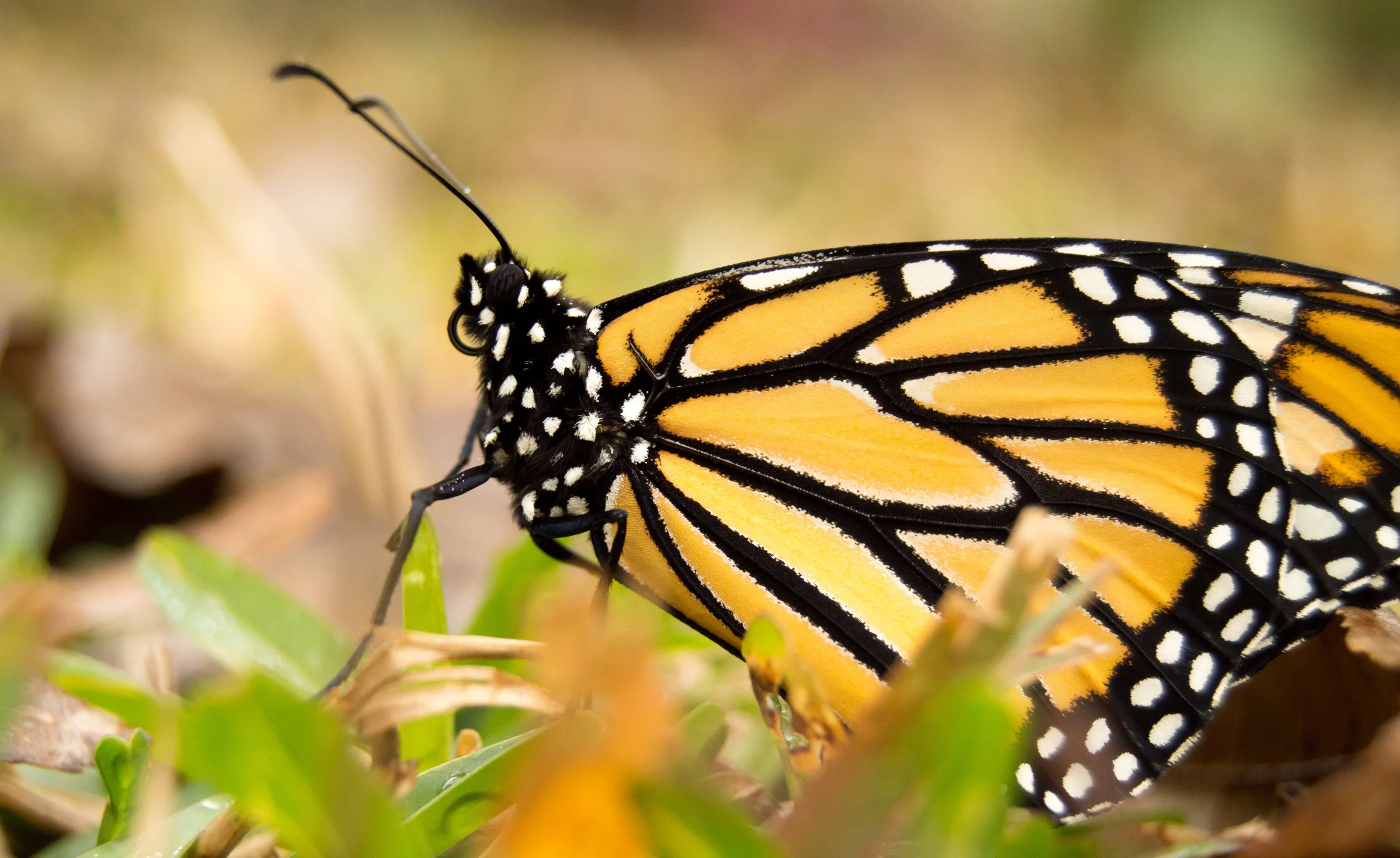





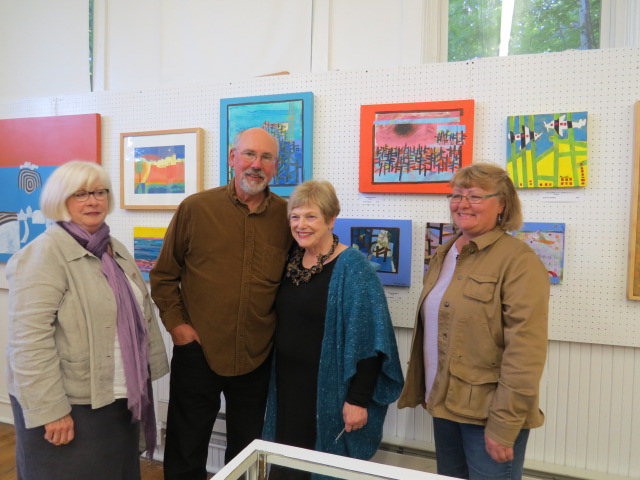
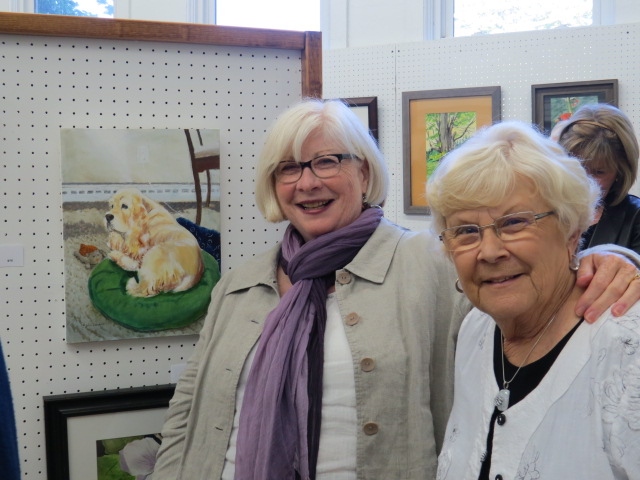
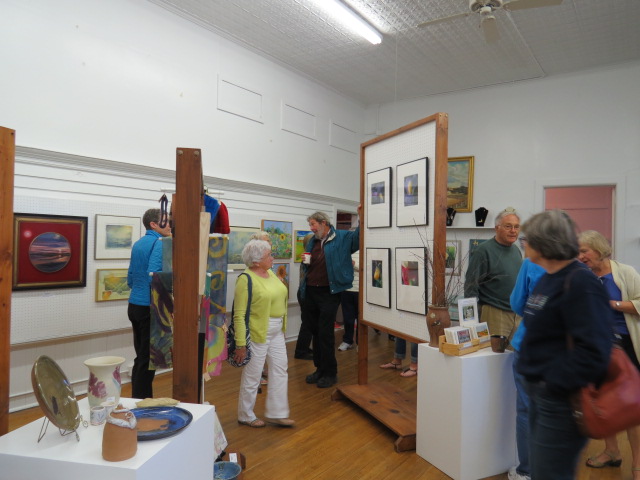
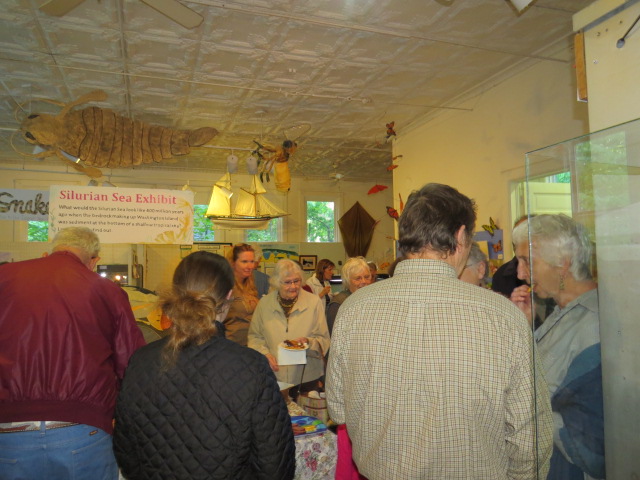
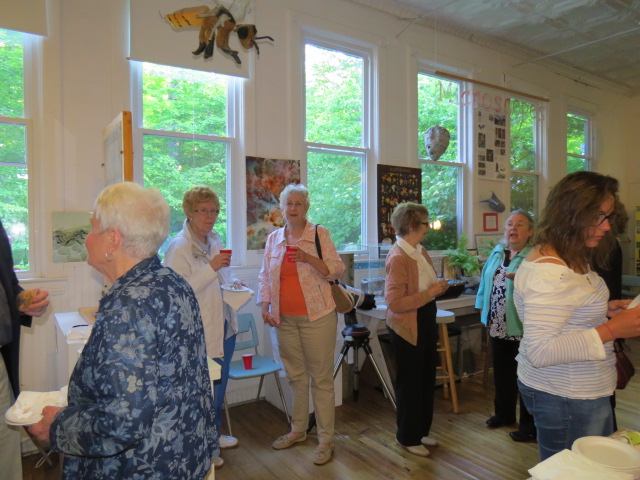
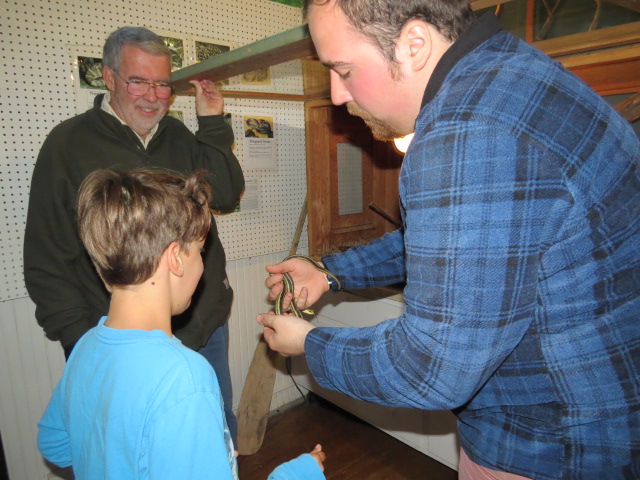











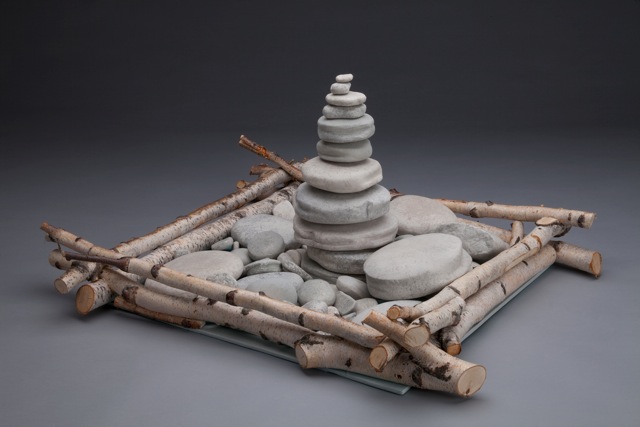
 It’s time to spring clean and sort out your collections of books, DVD’s, VHS tapes and music CD’s. Take all your used media to The Art and Nature Center on Friday afternoon, May 24, from 1:00 to 4:00 PM. Then stay and shop, or come back on Saturday morning, May 25, from 9:00 until noon and shop our total collection of donated items for your entertainment enjoyment in the months ahead!
It’s time to spring clean and sort out your collections of books, DVD’s, VHS tapes and music CD’s. Take all your used media to The Art and Nature Center on Friday afternoon, May 24, from 1:00 to 4:00 PM. Then stay and shop, or come back on Saturday morning, May 25, from 9:00 until noon and shop our total collection of donated items for your entertainment enjoyment in the months ahead!
